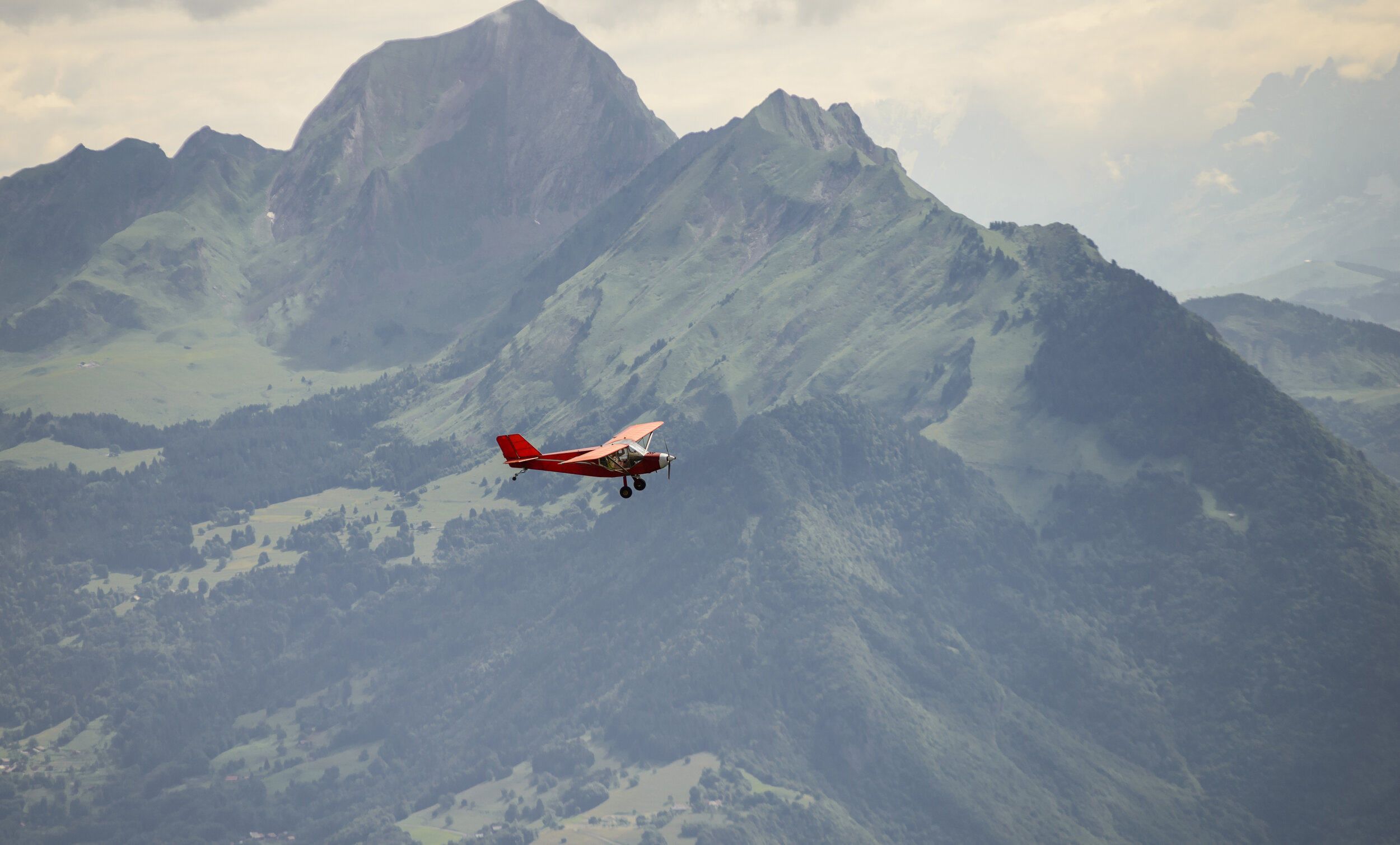
Advance Your Skills
Specialty Training

Safety in Motion Flight Center offers a full array of additional specialty training courses for pilots seeking to acquire additional skills and abilities. As the saying goes: “A Good Pilot is Always Learning!” In addition to the typical pilot certificates and ratings, additional “pilot endorsements” may be needed to fly tailwheel aircraft, complex aircraft, aircraft with engines that have more than 200hp, and aircraft certified for high altitude operations. These training programs do not require an FAA checkride, only ground and flight training from a CFI and the proper endorsement recorded in your pilot logbook. Additionally, Safety in Motion provides special operations training such as mountain flying, flying in and around Class B airspace, flight reviews, instrument proficiency checks, and other courses to help pilots continue to advance their abilities and ensure safety of flight. Click on any of the programs below to Learn More:
Keep checking back as more will undoubtedly be added soon!
-
The Pacific Northwest provides some of the most breathtaking views in the world, especially from the air! Flying around Mount Rainier and the Cascade Mountain Range, or the Olympic Mountains as part of the Pacific Coastal Range, provides you with flight experiences that are uniquely—Northwest. However, mountain flying does present additional challenges that pilots need to prepare for. This course covers the dynamics of flight in and around mountainous terrain, mountain weather, flight planning, and survival considerations. This course is approximately a 2-hour ground course. A subsequent “in-flight” training session can be scheduled to experience flight in confined areas, landings at mountain airports, and navigation considerations.
-
Tailwheel-equipped airplanes (also referred to as “conventional gear” configured airplanes) require additional pilot training due to the nature of how these aircraft are handled during taxi, takeoff, and landing. Training and flying in tailwheel airplanes can be an absolute blast and will increase your “stick and rudder” skills! Safety in Motion Flight Center has a 1938 Piper J3 “Cub” that we use for this training. An additional application is for those looking to receive their Sport Pilot training as this airplane qualifies under the Sport Pilot Rule.
-
A “complex” airplane by definition, is one that has retractable landing gear, constant-speed propeller(s), and flaps. Because of these additional systems, pilots are taught how to operate them in normal and emergency situations. These airplanes are typically faster than the normal training airplanes and require the pilot to address an increased workload during flight. A complex endorsement is usually provided upon completion of the required ground and flight training, allowing pilots to operate these types of airplanes.
-
A “high performance” airplane has an engine possessing more than 200 hp. Engines possessing more than 200 hp typically need to be operated differently than their lower-powered counterparts installed in training aircraft. Some of these engines may have more complex fuel injection and turbo-charging systems as well. Safety in Motion Flight Center operates both single-engine and multi-engine high-performance aircraft that can be used for pilots to receive their high-performance endorsement.
-
Pilots looking to operate pressurized aircraft capable of operating at high altitudes above 25,000 ft MSL, are required to receive ground training in several high-altitude related subjects and additionally receive training from an authorized instructor in flight above 25,000 ft MSL during normal and simulated emergency operations. Upon completion of the training, the pilot will receive a high-altitude endorsement in their logbook. Safety in Motion Flight Center operates a Cessna 340A that has a service ceiling of 30,000 ft MSL for this training.
-
The Sport Pilot Certificate provides an accelerated pathway to getting airborne. Due to the reduced flight time requirement, training time is lessened and by extension, the certificate is less expensive than obtaining a Recreational or Private Pilot certificate. Sport Pilots are limited on what types of airplanes they can fly (our Piper Cub qualifies!) and certain flight operations. One main advantage is that Sport Pilots are not required to have an FAA Medical Certificate, only a Pilot Certificate and a valid Driver’s License. For more information about the Sport Pilot Certification process, download the FAA Information HERE.
-
To fly a drone under the FAA’s Small Unmanned Aircraft Systems (sUAS) rule (Part 107), you must obtain a Remote Pilot Certificate from the FAA. This certificate demonstrates that you understand the regulations, operating requirements, and procedures for safely flying drones. Safety in Motion Flight Center has instructors who can help you prepare for the FAA’s required written exam and help you apply for your Certificate once completed. For more information on becoming a Drone Pilot, visit the FAA HERE.
Mount Rainier, in flight.

